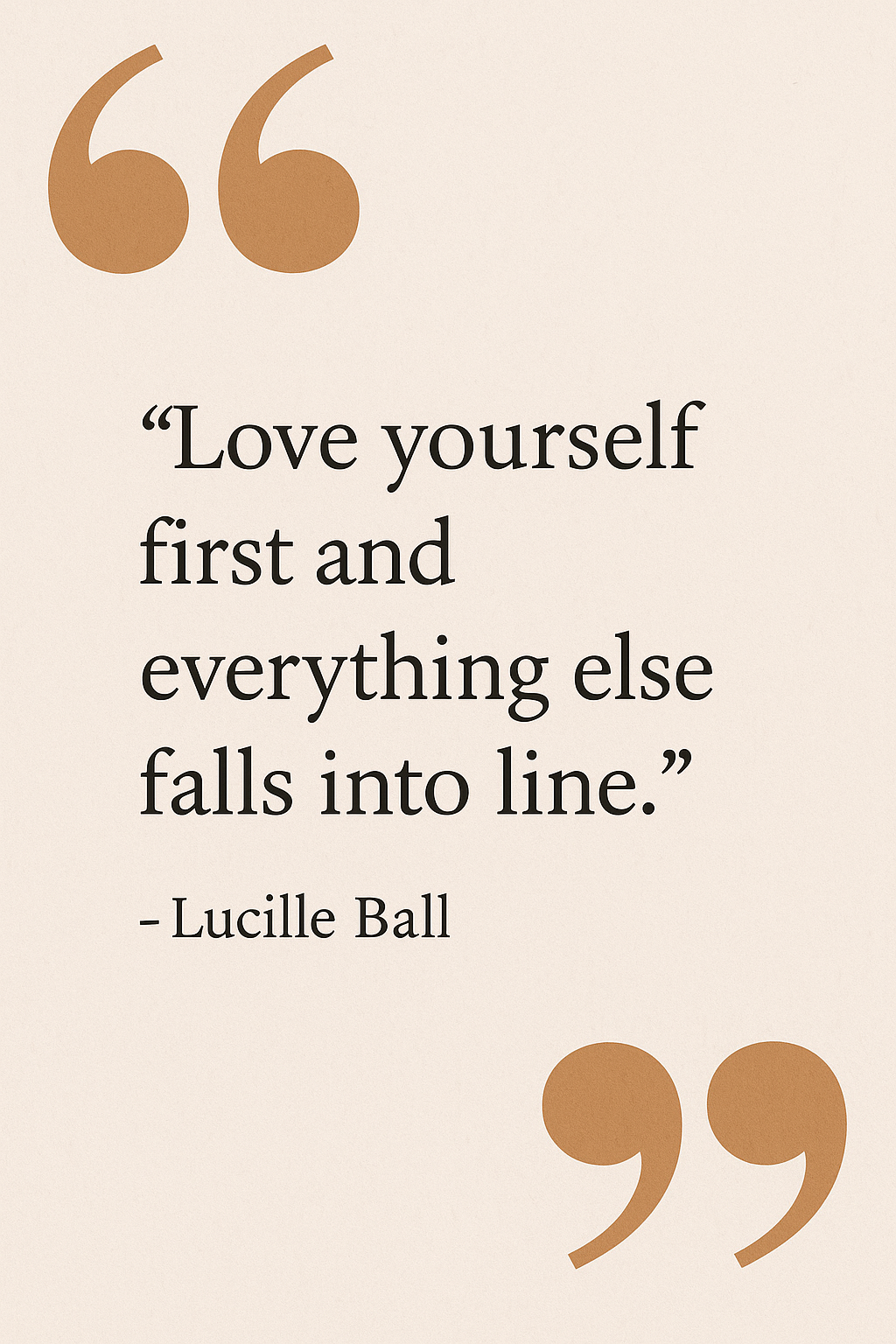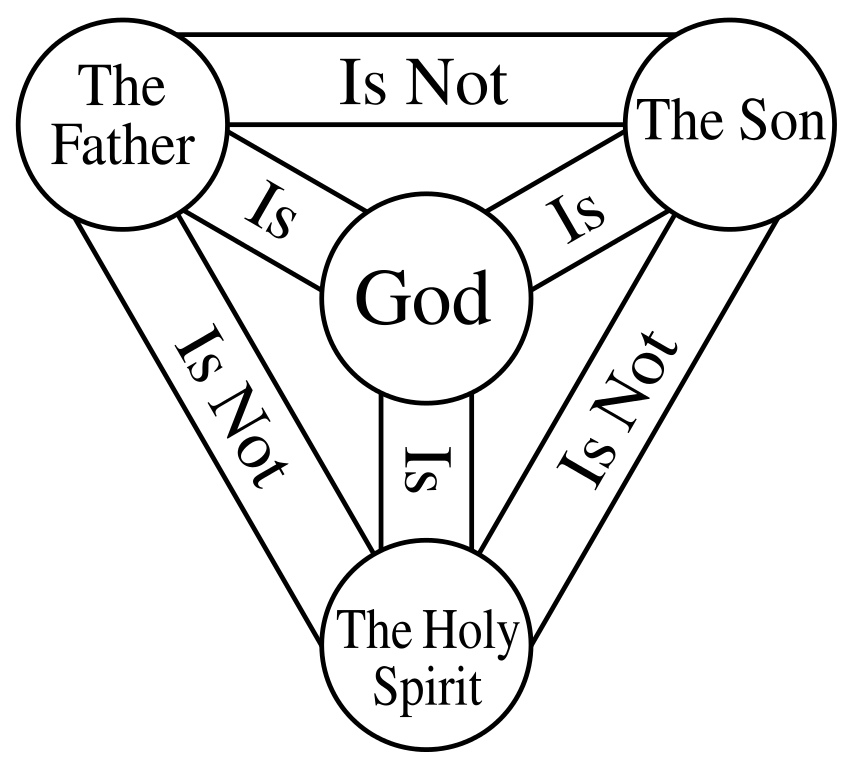
In the sacred dance of existence, many walk the path seeking spiritual perfection, hoping for an end goal — a final arrival into bliss and mastery. But as Yogiraj Gurunath Siddhanath beautifully reveals, spiritual perfection is not a destination. It is an eternal process of becoming, of refining, of dissolving the false layers of self until only pure awareness remains.
From the teachings of Christ and Krishna to the wisdom of the great yogis and prophets of old, humanity has always been called to one great journey: the transformation of consciousness.
The Layers of Transformation: Mass to Light
At the core of Yogiraj’s teachings is the alchemy of transformation — the journey from mass to energy, from energy to light, and from light to pure consciousness. This sacred process mirrors the ancient Hermetic Principles and the teachings of Eastern mystics alike. In the physical world, matter is not destroyed but transformed, just as the soul refines through lifetimes of purification.
When a seeker begins their inner work — through meditation, concentration, devotion — the body, emotions, and mind are progressively purified. Over countless cycles, the heavy densities of existence evolve into subtler forms until eventually, one’s being merges into infinite Spirit.
This mirrors the teachings of Saint Francis of Assisi, whose communion with nature — the birds, the trees, the oceans — exemplified a being who had entered the highest Samadhi: a full realization of God in all creation.
The Stages of Samadhi: Union Beyond Self
In yoga, the journey is marked through progressive stages of Samadhi:
- Vitarka Samadhi (Introspective Concentration)
- Vichara Samadhi (Deep Meditation)
- Ananda Samadhi (Blissful Union)
- Asamprajnata/Nirvikalpa Samadhi (Formless Oneness)
Each stage is a deeper refinement, where the mind becomes increasingly still, until the very “I-ness” — the last trace of separateness — dissolves into the ocean of Divine Being.
Paramahansa Yogananda described Nirvikalpa Samadhi as the ultimate liberation — beyond form, beyond desire, beyond any duality. It is not merely union with God — it is becoming indistinguishable from God.
Similarly, Taoist mystics spoke of Wu Wei — effortless beingness — where the soul becomes so aligned with the Tao (the Way) that it flows as the Tao itself.
Concentration: The Forgotten Art
Western seekers are often focused on techniques, but Yogiraj reminds us: true concentration is the key. Not just mechanical practice, but the ability to hold one’s awareness exclusively on the Divine, unwavering like a flame sheltered from the wind.
Without this mastery of concentration, meditation becomes sporadic and spiritual progress stalls. The Buddha himself emphasized right concentration as a pillar of the Eightfold Path, leading to Samadhi and liberation.
In our daily life, this concentration is tested — not just in silent meditation halls, but in the kitchen when a loved one’s harsh words trigger us, or in the workplace when we are tempted to fall into old patterns. Here lies the real battlefield, as Sri Ramana Maharshi often said: “Your own mind is your battlefield.”
The Death of the Ego: The Final Leap
As one refines concentration and devotion, a subtler battle emerges — the dissolution of the ego. The “I” that seeks, the “I” that clings to spiritual identity (“I am enlightened,” “I am advanced”) must be surrendered.

Even Christ, at the Mount of Transfiguration, underwent a further transformation — from Son of Man to fully realized Son of God. Even masters must bow before the Mystery beyond identity.
In the Bhagavad Gita, Krishna urges Arjuna to go beyond even the scriptures, beyond the practices, and rest solely in Him, in the Supreme Spirit — a state beyond any labels or attainments.
The final leap is when even the purified mind disappears. Only the still point of eternity remains — the Soul shining in silent brilliance.
The Dawn of New Humanity
Today, across the world, a great awakening is underway. As Yogiraj describes, the Masters are working behind the scenes, guiding humanity through a necessary purification — a moment of global upheaval that, though painful, is birthing a higher consciousness.
The Maitreya Buddha for Buddhists, the Kalki Avatar for Hindus, the Second Coming of Christ for Christians — all speak of the same luminous promise: a humanity living in union, breathing as one, guided by a singular divine consciousness.
But before collective transformation, each soul must first conquer its own inner battlefield.
We are invited now, in this sacred hour of history, not just to meditate but to live consciously, to walk through the chaos with unwavering devotion, to embody the peace we wish to see.
As Carl Jung once said, “One does not become enlightened by imagining figures of light, but by making the darkness conscious.”
The real revolution is not external. It is in the quiet moments when we choose love over fear, presence over reaction, surrender over control.
Final Words: The True Meaning of Life
When asked for the deepest meaning of life, Yogiraj gave the simplest, yet most profound answer:
“The deeper meaning of life is life.”
Life itself — every breath, every sorrow, every joy — is the sacred dance of the Divine.
We are here because we are here. The path is not to escape life, but to fully embrace it — to live as a conscious being, aware of our divine nature, dancing between the eternal stillness within and the ever-changing beauty outside.
Thus, spiritual perfection is not an end — it is the flowering of life itself.
Frequently Asked Questions on the Alchemy of Spiritual Perfection
1. What is the central idea presented about spiritual perfection? Spiritual perfection, according to the teachings presented, is not a final destination or an end goal of bliss and mastery. Instead, it is understood as an ongoing, eternal process of becoming, refining, and dissolving the illusory aspects of the self until pure awareness remains. It’s a continuous journey of transformation rather than a state of completed attainment.
2. What is the “alchemy of transformation” described, and what are its stages? The alchemy of transformation is the core of the teachings, representing the journey of consciousness from a dense state (“mass”) to increasingly subtle forms. The described stages are: from mass to energy, from energy to light, and ultimately from light to pure consciousness. This process involves the purification of the body, emotions, and mind over time, eventually leading to a merging with infinite Spirit.
3. What is the significance of Samadhi in this spiritual journey, and what are the progressive stages mentioned? Samadhi represents states of union and deeper realization in the yogic tradition. The progressive stages outlined are: Vitarka Samadhi (Introspective Concentration), Vichara Samadhi (Deep Meditation), Ananda Samadhi (Blissful Union), and Asamprajnata/Nirvikalpa Samadhi (Formless Oneness). Each stage signifies a deeper refinement of the mind and a diminishing sense of separateness, culminating in the dissolution of the “I-ness” into the Divine.
4. Why is concentration emphasized as a crucial element for spiritual progress? True concentration, defined as the unwavering ability to hold one’s awareness exclusively on the Divine, is presented as a fundamental key to spiritual progress. It’s distinguished from mere mechanical practice, highlighting the necessity of focused awareness for effective meditation and advancement on the spiritual path. Without this mastery, spiritual progress is likely to stall.
5. What is meant by the “death of the ego” in the context of spiritual development? The “death of the ego” refers to the necessary surrender and dissolution of the sense of separate self, the “I” that seeks and clings to identities, even spiritual ones. This involves transcending the limitations of personal identity and moving beyond labels and attainments to rest in the Supreme Spirit. It’s the final leap where even the purified mind transcends, leaving only pure awareness.
6. How does the text connect individual transformation to a larger, global awakening? The text suggests that a significant global awakening is currently underway, guided by spiritual Masters. This period of upheaval and purification is seen as a birthing process for a higher collective consciousness, aligning with prophecies of a new era represented by figures like the Maitreya Buddha, Kalki Avatar, and the Second Coming of Christ. However, this collective transformation is contingent upon each individual’s inner work and conquering their own “inner battlefield.”
7. What is the significance of facing challenges and “darkness” in daily life according to the text? The challenges encountered in daily life, such as difficult interactions or temptations to revert to old patterns, are presented as the real testing ground for one’s spiritual progress and concentration. Making the “darkness conscious,” as Carl Jung said, rather than merely imagining enlightenment, is crucial for true transformation. Choosing love over fear, presence over reaction, and surrender over control in these moments signifies genuine inner revolution.
8. What is presented as the “deepest meaning of life”? According to Yogiraj, the deepest meaning of life is simply “life” itself. Every experience, both joyful and sorrowful, every breath, is part of the sacred dance of the Divine. The path is not about escaping life but fully embracing it as a conscious being, aware of one’s divine nature and the interplay between inner stillness and the external world. Spiritual perfection, therefore, is the full flowering of this conscious life.
Click to Ask/Pray & Get answered OR Get Spiritual Mastery Coaching OR Donate OR WhatsApp us



















0 responses on "The Alchemy of Spiritual Perfection: Beyond the Illusions of Self"